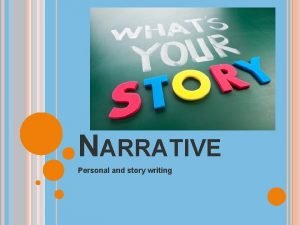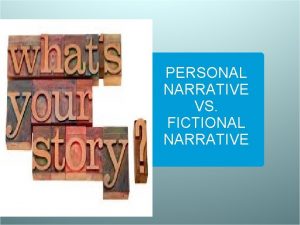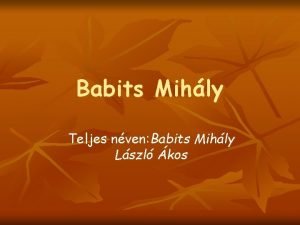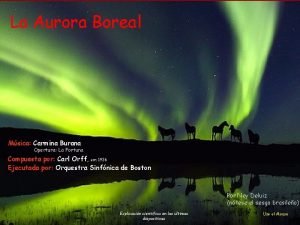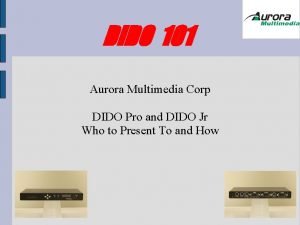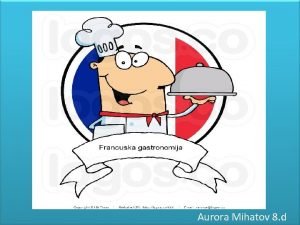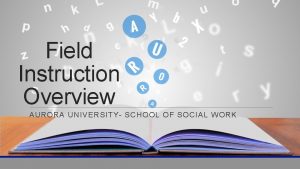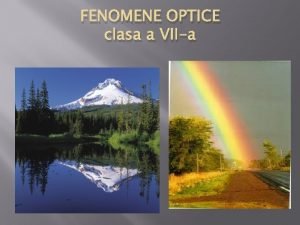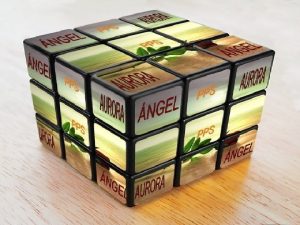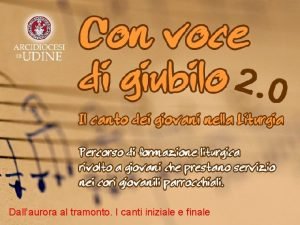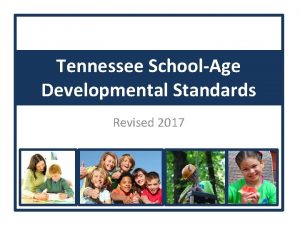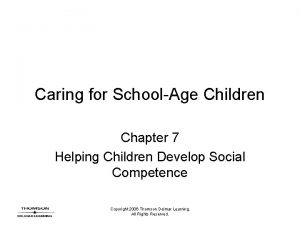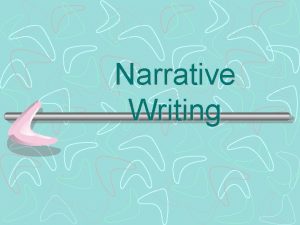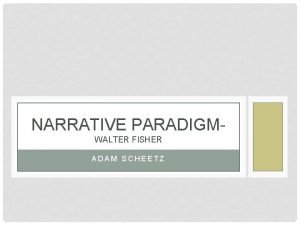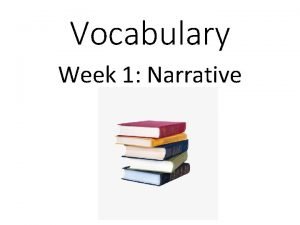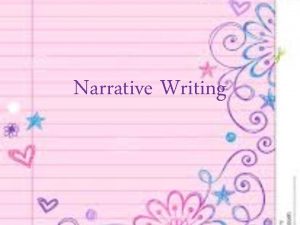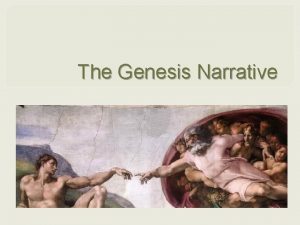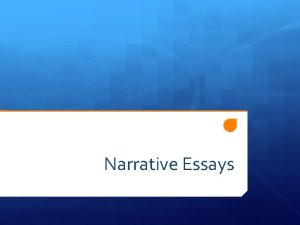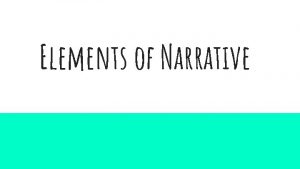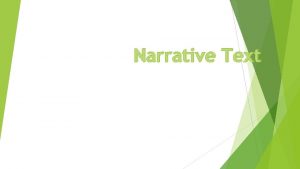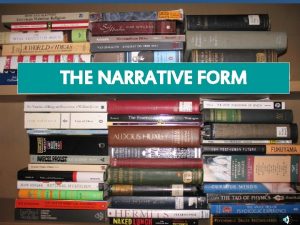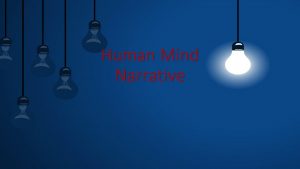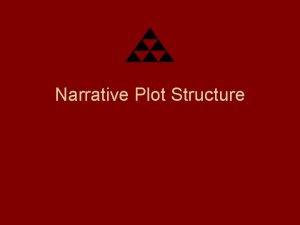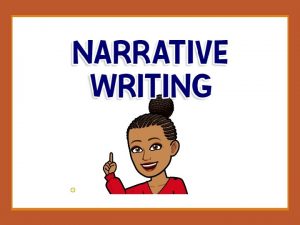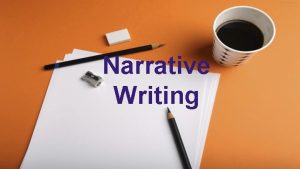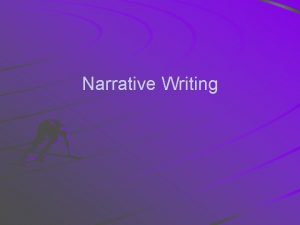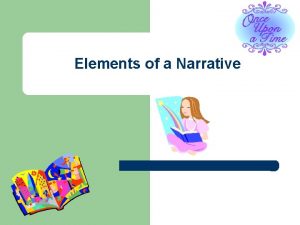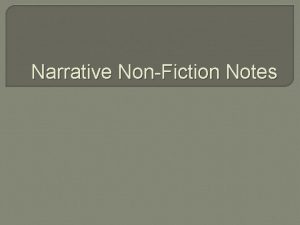Narrative Skills in SchoolAge Children Presenter Aurora U
























- Slides: 24

Narrative Skills in School-Age Children Presenter: Aurora U. Quipit, TSHH, M. S. , CCC-SLP

Learning Outcomes: • Participants will be able to describe the various stages, types, and importance of narrative skills • Participants will learn strategies that can develop and/or enhance narrative skills in school-age children • Participants will learn assessment tools to evaluate narrative skills

I can do this!!!

We dream, remember, anticipate, hope, despair, love, hate, believe, doubt, plan, construct, gossip, and learn in narrative. -Carol Westby (1991)

What is a Narrative A narrative is a story composed of many elements such as the setting, characters, problems, attempt(s) to solve the problems, complication(s)while trying to find a solution(s) to the problems, solutions, and moral lessons if any. A narrative entails the telling or re-telling of events and experiences in oral or written form. A story can be true or fictitious and takes into account one or more points of view.

What are Narrative Skills • consist of one’s ability to communicate (to tell or retell) a story or a narrative competently and effectively. • involve the building blocks of language, namely: reading writing listening speaking gesturing viewing

Why Narratives Are Important Narrative as a Social Skill • As social beings, we relate to our social environment through real and vicarious experiences. • Sharing of personal information helps us to make and sustain friendships. • We create our personal identity through the construction of a personal narrative. Davies, 2004

Narrative as a Survival Skill Our thoughts are our private narratives which: • help us link cause and effect • help us plan ahead • allow our behavior to be governed by rules • separate affect from action Students with poor narrative skills: • have difficulty sharing their experiences with others • have difficulty making and keeping friends

• deal with social situations in aggressive, non-verbal ways (Hedberg, 1986) • tend to be more aggressive and to use direct action to solve interpersonal problems (Gallagher, 1999) • have poor oral narrative skills (Powell, 2005)

Narrative as an Educational Skill • • • The ability to compose a coherent narrative occurs before and predicts successful access to literacy at school (Naremore, 1995) Poor oral narrative skills in pre-school is a predictor of difficulty with early literacy skills (Boudreau et al. , 1999) Oral narrative skills in the early years predicts academic progress (Bishop and Edmundson, 1987) Narrative skills are important for learning language and social skills A student’s narrative skills predict their reading comprehension skills. Reading comprehension skills are measured by one’s ability to retell the story read. Development of narrative skills is a significant step towards writing expository text.

Types of Narratives ( Hedberg and Westby, 1993) • Scripts: This form of narrative is used to express knowledge of a familiar, recurring event; usually told using the second person pronoun you and the present tense. • Recounts: This type of narrative involves telling about a personal experience when prompted; most often uses the past tense. • Accounts: In this form of narrative, the person explains a personal experience without a prompt; the experience is usually not shared by the listener.

• Event Casts: This is about explaining an ongoing activity, reporting on a factual scene, or telling about a future plan. • Fictional Stories: This narrative involves relating past, present, or future events that are not real. The events being described in the story focus on someone or something attempting to carry out a goal.

Stages of Narrative Development (Applebee, 1978) Stage 1: Heaps (2 years) • consist of labels and descriptions of events and actions • no central theme or organization • no real high point Stage 2: Sequences (2 -3 years) • consist of labeling events about a central theme, character, or setting

Stage 2 (con’t) • no plot • events could be listed in any order without changing the meaning Stage 3: Primitive Narratives (3 -4 years) • like sequences, these narratives contain a central character, topic, or setting • the difference lies in the child’s discussion of the character’s facial expressions or body postures

Stage 4: Unfocused Chains/Chain Narratives (4 -4 ½ years) • do not contain a central character • this chain is a sequence of events which is linked logically or with a cause-effect relationship • conjunctions “and”, “but, ” and “because” may be used

Stage 5: Focused Chains /True Narratives (5 -7 years) • contain a central character and a logical sequence of events • the events in these sequences take the form of “adventures” • the listener is made to interpret the ending • at this stage, true narratives develop A true narrative focuses around an incident in the story. There is a plot, character development, and a true sequence of events. There is a problem in the story which is resolved in the end.

Strategies to Develop and Enhance Narrative Skills • Strategies For Preschool Children Oral tradition and adding on: allow students to add their own sentence, thereby changing the story and making it evolve into something new Story boards: emphasize cause and effect as each event in the story is discussed Show-and-tell: after allowing the student to present his/her item, talking about what the objet is and where it came from, let the student construct stories about their object, e. g, how his grandfather acquired the object during his youth

Preschool plays: allow children to act out the characters’ part in stories they read to help them better understand the world of stories and the deeper natures of the characters (Doriet Berkowitz) Use of hierarchy of questions/comments with preschoolers: - item levels (what’s that? , who’s that? ) - item elaboration (how many dogs? , what color is the car? ) - event (what happened? , what’s ______ doing? ) - motive/cause (why did he want a table? ) - evaluation/reaction (how did the boy feel when that happened? , was that a good/bad thing to do? ) - real-world relevance (The elephant’s taking a bath. You just did that this morning. )

• Strategies For School-Age Children 1. Use of Different Types of Graphic Organizers A graphic organizer is a flexible instructional tool to help students construct meaning and organize their knowledge before, during, or after listening to or reading a story

Courtesy of Mind. Wing Concepts, Inc.

Courtesy of Mind. Wing Concepts, Inc.

2. Use of Story Grammar Part of a story grammar • • • characters setting initiating event (problem in the story) internal response (how did the character feel) internal plan (what plan did the character make to solve the problem) attempt (what attempts did the character make to solve the problem) consequence (were the attmpts successful or where there complications) resolution or reaction (to the consequence) ending (what was the resolution to the story, how did the character feel at the end of the story, was there a moral to the story)

Story Grammar Marker by Mind. Wing Concepts

Assessment Tools to Evaluate Narrative Skills • Use of a Rubric: A scoring tool that explicitly charts the criteria and describes the level of quality for student work. It involves these steps: 1. Determine what performance task to evaluate. 2. Determine a time frame when the performance task is expected to be achieved. 3. Choose a set of measurable criteria to determine if a performance task or goal has been achieved. 4. Determine a method of how progress will be measured. 5. Set a schedule to determine when progress will be measured. Example: Using modeling, visual prompts, and verbal prompts, student will retell a story with a beginning, middle, and end, where each part contains at least 2 -3 details consistent with the story, with 80% accuracy during a 6 -week period. (This can be charted. ) • Story Grammar Marker: Use the various components of the story grammar to assess a student’s narrative skills. • Test of Narrative Language (TNL): This assessment tool measures a student’s ability to answer questions about stories read to him/her, retell stories, and create his own stories.
 Personal narrative vs fictional narrative
Personal narrative vs fictional narrative What is a fictional narrative
What is a fictional narrative Kelemen auróra
Kelemen auróra Manzanas son de tantalo y no rosas
Manzanas son de tantalo y no rosas Aurora borealis kada se javlja
Aurora borealis kada se javlja Aurora shakespeare
Aurora shakespeare Mars petcare aurora ne
Mars petcare aurora ne Letra aurora boreal
Letra aurora boreal Quem é essa que avança como aurora oração
Quem é essa que avança como aurora oração Sagman blod
Sagman blod Insulfoam lakeland
Insulfoam lakeland Dido aurora
Dido aurora Kuhinja aurora
Kuhinja aurora Luz aurora ortiz salgado
Luz aurora ortiz salgado Driveway installation east aurora, ny
Driveway installation east aurora, ny Aurora apurahat 2021
Aurora apurahat 2021 My aurora health care
My aurora health care Aurora and cephalus story
Aurora and cephalus story Isc cupra
Isc cupra Aurora university moodle
Aurora university moodle Reflexia luminii poze
Reflexia luminii poze Beln
Beln Dall'aurora al tramonto canto ingresso
Dall'aurora al tramonto canto ingresso Aurora apurahat
Aurora apurahat Aurora-ccpm
Aurora-ccpm
